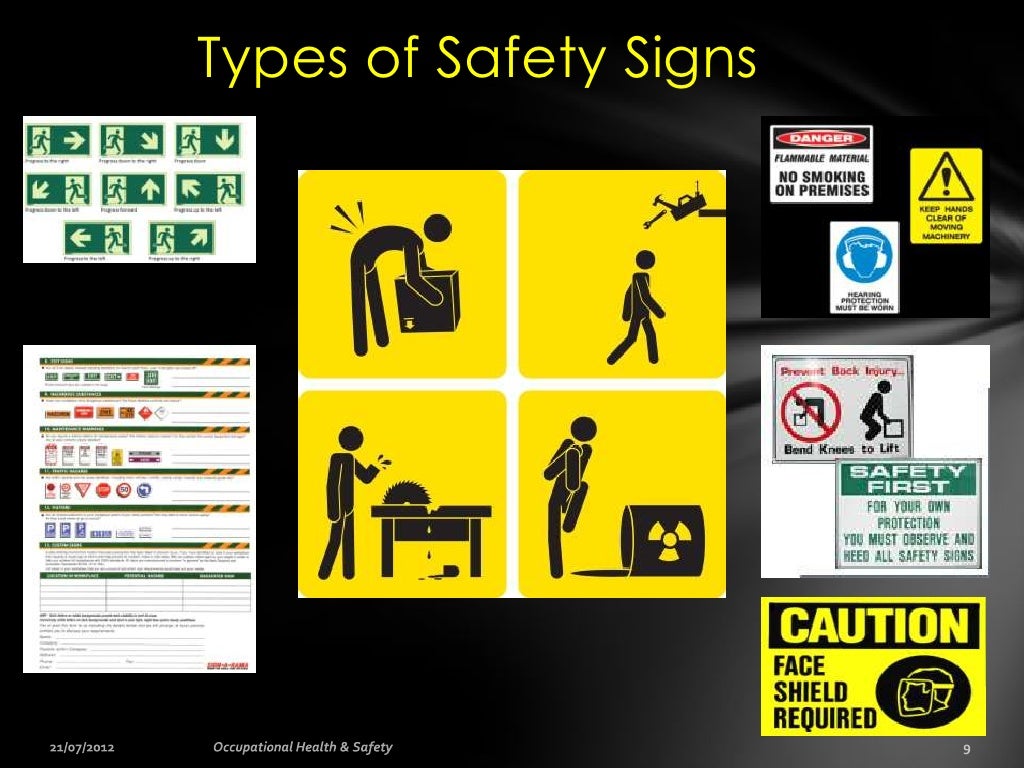HEALTH AND SAFETY IN A GRAPHIC NARRATIVE STUDIO
In this post i will be researching health and safety requirements/regulations about producing graphic narratives in a professional setting such as a studio.
Here are some hazards and potential harm that could come in a professional graphic design studio.
Manual Tasks - Muscular strain from overexertion movement this could occur when drawing.
Gravity - Falling objects , Slips and trips can cause bodily harm or death
Electricity - This could be a fire hazard and it is a source of ignition it could also cause shock , burns or death electrocution .
Extreme Temperatures - Due from the lighting this is a a heat source and can cause a fire .
Knowing all the hazard symbols is a key skills so you are able to identify a hazard.


All equipment within the study will go under a Equipment Safety Check . To maintain safe environment equipment need to be maintained on a regular basis. Once they have gone through the safety check they will be labeled and dated for the next check up.
FROM THIS SOURCE : http://visualartists.ie/the-manual-a-survival-guide-for-visual-artists/protecting-yourself/health-and-safety-in-the-studio/
I FOUND A RSK ASSMEN THAT SHOULD BE CARRIED OUT IN A PROFESSIONAL STUDIO TO PREVENT ANY TYPE OF DANGER THAT COULD OCCUR
Risk AssessmentA risk assessment identifies the hazards in your workplace and evaluates the risks posed by these hazards. In order to fully comprehend the language of the legislation and to be able to draw up a risk assessment, it is helpful to understand the common terms used throughout – hazard, harm and risk.
- A Hazard can be defined as anything that has the potential to cause physical injury or damage to health, the environment or to property.
- Harm is the adverse effect on an individual that may result from exposure to a hazard
- A Risk is a measure of the probability of harm being caused and the severity of that harm.
Carrying Out a Risk Assessment
The Health and Safety Authority provides a systematic guide to carrying out a risk assessment.
* Analyse your studio or workplace. This may involve listing all the activities carried out in your studio, drawing up a diagram of your space and mapping the location of equipment such as computers, sinks, radiators, shelving, kilns etc
* Identify the hazards associated with your work activities. For example, electrical hazards associated with untrunked cables which may cause tripping or falling, chemical hazards associated with toxic materials, hazards that are associated with stone work – dust inhalation for example. Textile dyes are particularly hazardous to skin and photochemicals used by photographers are associated with skin and respiratory diseases. Some hazards may not seem so obvious such as unsecured shelving, the glare from PC monitors, for example, but even the chair that you sit on, if incorrectly adjusted, can cause back injury.
* Rate the risk level associated with each hazard. To do this you need to evaluate the likelihood that injury might occur and the extent or severity of the injury. This assessment of risk is a question of judgement – you yourself must form an opinion. If you are unsure of the risk associated with a particular piece of equipment or chemical; it is up to you to find out by contacting the manufacturer or reading the label or safety manual.
No comments:
Post a Comment